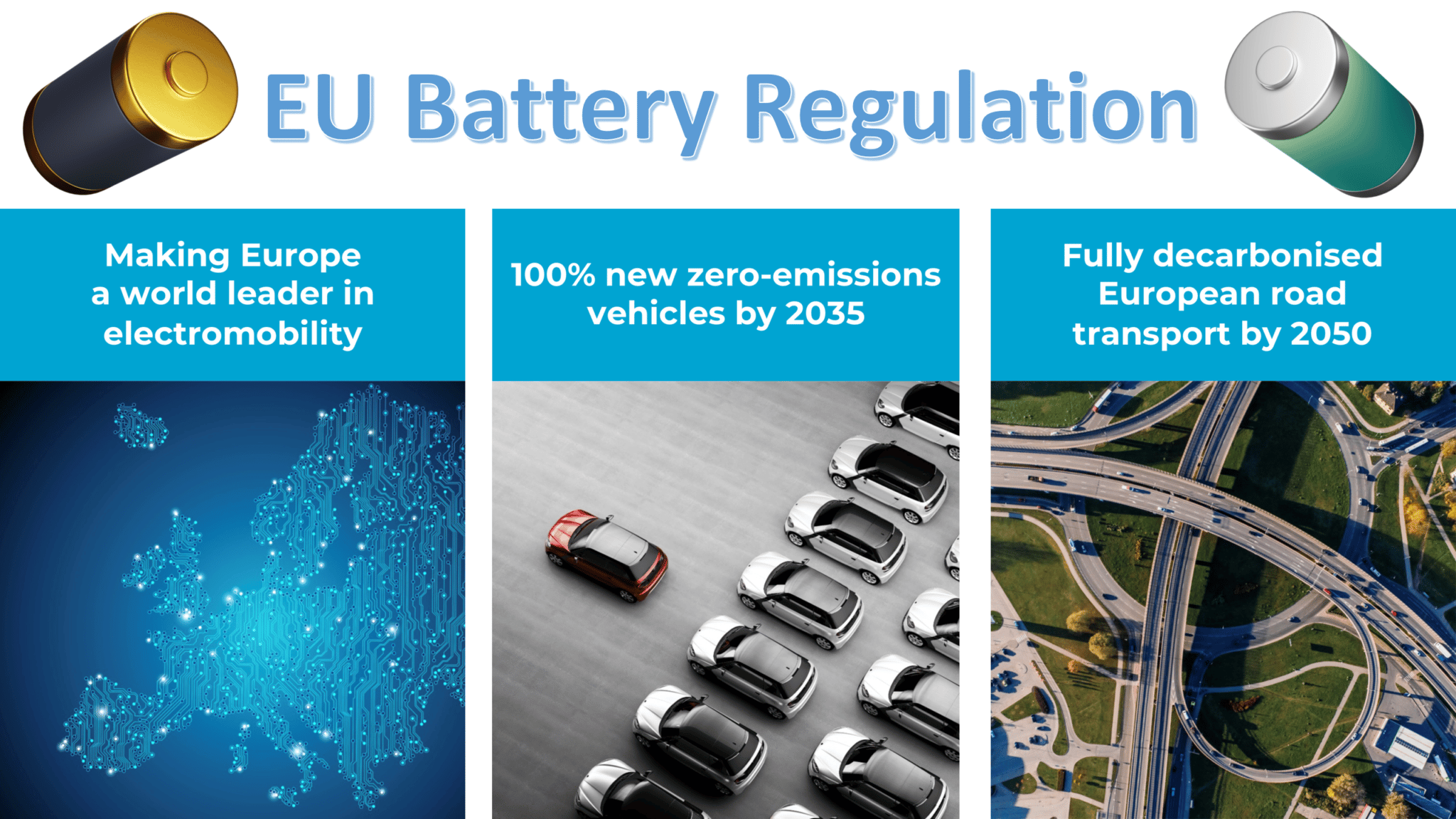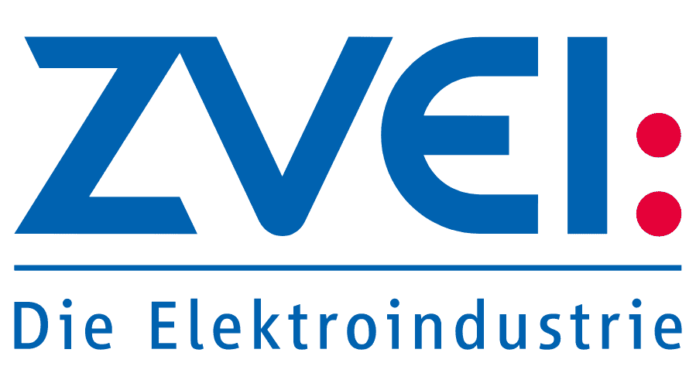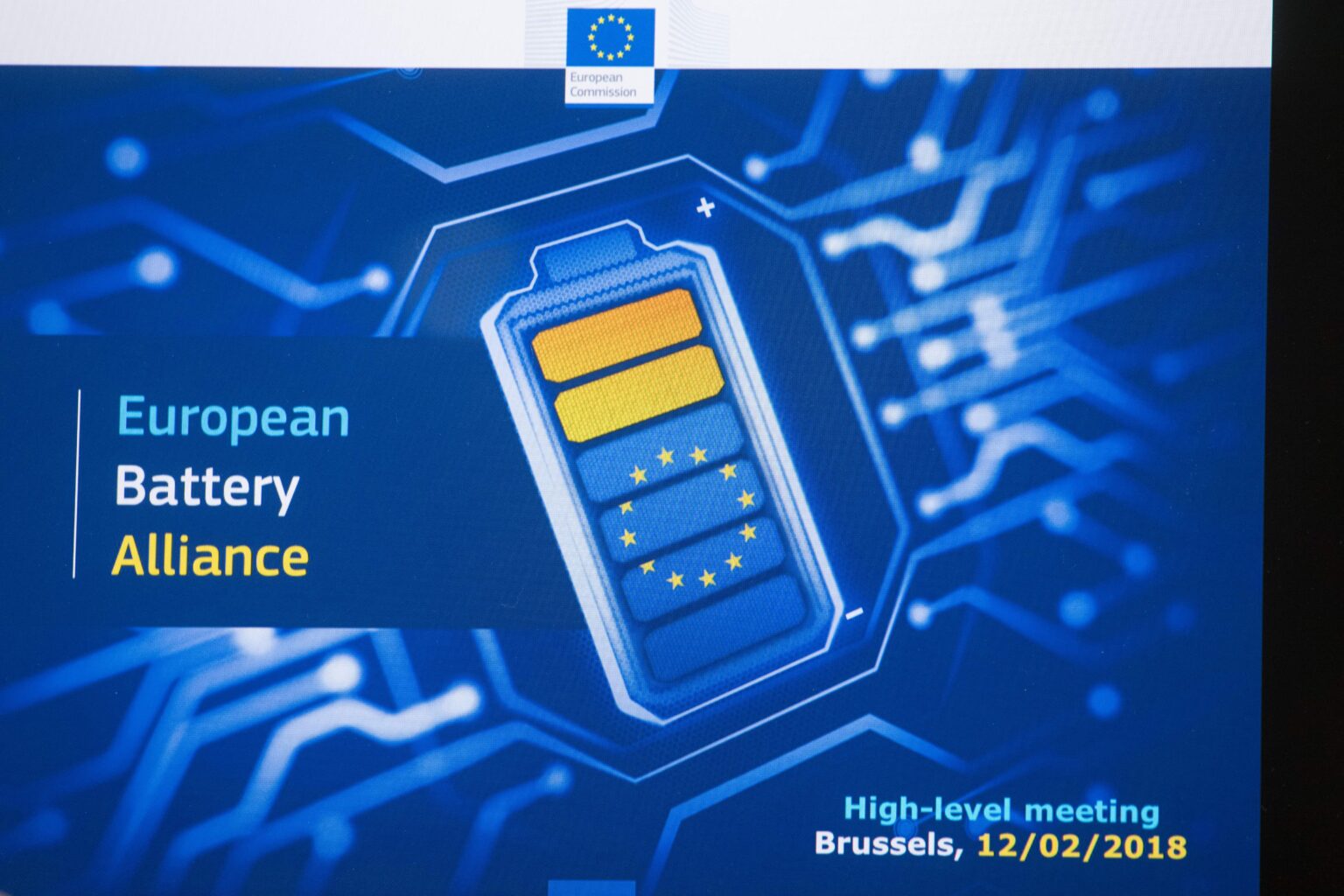Eu Battery Regulation : What it is
The European Union (EU) has recently updated its regulatory framework for the battery sector, underscoring the region's strong commitment to a sustainable and green future. The new regulations aim to promote the development and deployment of advanced battery technologies, enhance environmental performance, ensure market transparency, and facilitate the transition towards a circular economy. In this article, we will dive deeper into the EU Battery Regulation, exploring its key provisions, benefits, and potential impact on the energy landscape. Let's get started!
1. Stronger Standards for Battery Performance and Lifecycle

One of the primary focuses of the EU Battery Regulation is to establish stricter standards for battery performance and lifecycle. By doing so, it aims to improve the overall quality and durability of batteries, ensuring they meet higher environmental and safety requirements. This will lead to longer-lasting batteries, reducing the need for frequent replacements and ultimately reducing electronic waste. Furthermore, it will contribute to the overall energy efficiency of battery-powered devices and systems.
2. Transition to a Circular Economy

The EU Battery Regulation also plays a crucial role in the transition to a circular economy. It emphasizes the importance of recycling and reusing batteries to minimize resource depletion and waste generation. Under the new regulations, manufacturers will be required to design batteries in a way that allows them to be easily disassembled and recycled. By setting clear guidelines for the collection, treatment, and disposal of batteries, the EU aims to create a closed-loop system where valuable resources are recovered and reused, reducing the reliance on raw materials extraction.
3. Accelerating the Adoption of Electric Vehicles
The EU Battery Regulation is expected to have a significant impact on the electric vehicle (EV) market. With the aim of reducing greenhouse gas emissions and promoting sustainable transportation, the EU has set ambitious targets for the adoption of electric vehicles. The new regulations support this goal by establishing requirements for the environmental impact assessment of batteries used in electric vehicles. This includes assessing the carbon footprint of electric vehicle batteries and promoting the use of materials with a lower environmental impact. By ensuring the sustainability of EV batteries, the EU Battery Regulation paves the way for a cleaner and greener future of transportation.
Frequently Asked Questions
Q: What is the EU Battery Regulation?
A: The EU Battery Regulation is a set of updated regulations implemented by the European Union to enhance the performance, safety, and environmental sustainability of batteries. It aims to promote the development of advanced battery technologies, minimize waste generation, and facilitate the transition to a circular economy.
Q: How will the EU Battery Regulation impact battery manufacturers?
A: The EU Battery Regulation will require battery manufacturers to meet stricter standards for performance, durability, and environmental impact. This will lead to the development of higher quality and longer-lasting batteries, promoting energy efficiency and reducing electronic waste. Manufacturers will also have to design batteries with recycling and reuse in mind, contributing to the transition to a circular economy.
Q: What are the benefits of the EU Battery Regulation?
A: The EU Battery Regulation brings several benefits, including improved battery performance, longer lifecycles, reduced waste generation, and a more sustainable supply chain. It will contribute to the growth of the electric vehicle market, driving the adoption of clean and green transportation. Additionally, the regulation will promote the development of innovative battery technologies and enhance the overall energy efficiency of battery-powered devices and systems.
In conclusion, the EU Battery Regulation represents a significant step towards a greener and more sustainable future. By setting higher standards for battery performance and lifecycle, promoting a circular economy, and accelerating the adoption of electric vehicles, the EU is paving the way for a cleaner and more energy-efficient society. The new regulations will undoubtedly drive innovation and investment in the battery sector, fostering the development of advanced technologies that are essential for the transition to a low-carbon economy. With the EU Battery Regulation in place, consumers can expect longer-lasting and more environmentally friendly batteries, contributing to a more sustainable energy landscape globally.Zvei Position Paper On The EU Commission's Proposal For A New Battery
 Image Source : batteryindustry.tech
Image Source : batteryindustry.tech eu regulation zvei
The EU Battery Regulation Due Diligence Rules: Ensuring That Human
 Image Source : batteriesnews.com
Image Source : batteriesnews.com Batteries Regulation - EUROBAT
Battery Industry Urges European Union To Finalise The Updated Battery
 Image Source : www.bike-eu.com
Image Source : www.bike-eu.com EU Battery Regulation: Finding The Missing Element - CET
 Image Source : centraleuropeantimes.com
Image Source : centraleuropeantimes.com regulation battery batterijen stapt renault missing european autointernationaal
EU Batteries Regulation: Where Do We Stand? | Nickel Institute
 Image Source : nickelinstitute.org
Image Source : nickelinstitute.org Livestream – EU Gesetze Und Elektromobilität | EMC Event
 Image Source : www.emcaustria.at
Image Source : www.emcaustria.at The EU Updates Its Regulatory Framework For The Battery Sector´s Large
 Image Source : cicenergigune.com
Image Source : cicenergigune.com measures deployment regulatory legislation cicenergigune proposed
Eu batteries regulation: where do we stand?. Battery industry urges european union to finalise the updated battery. The eu battery regulation due diligence rules: ensuring that human. Batteries regulation. Zvei position paper on the eu commission's proposal for a new battery